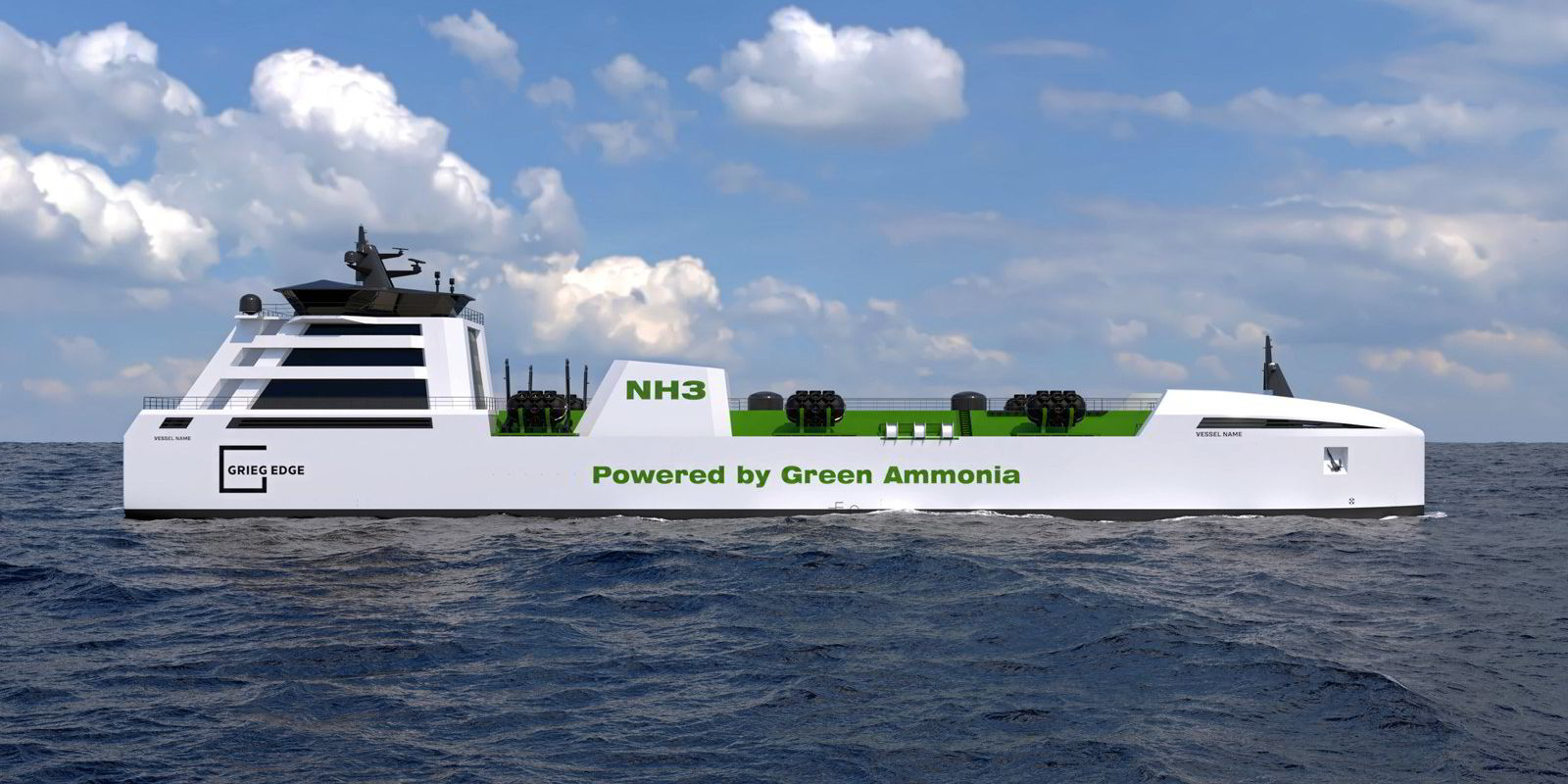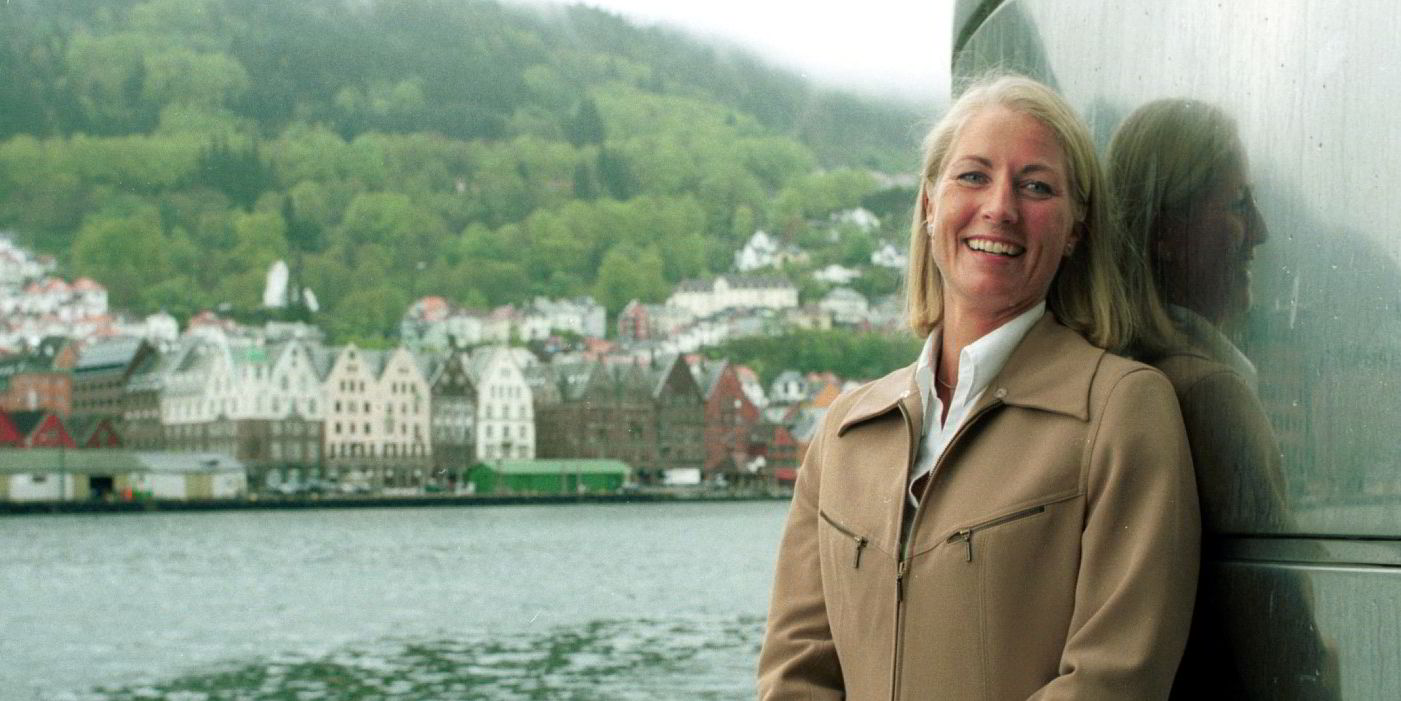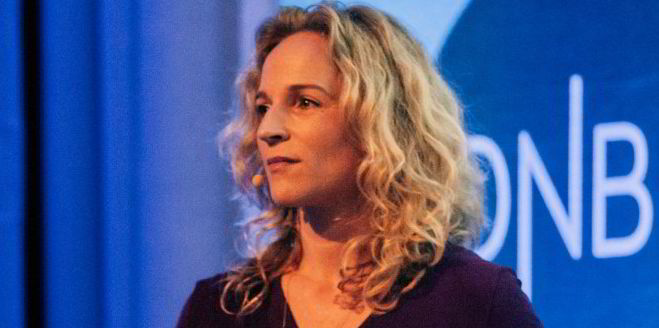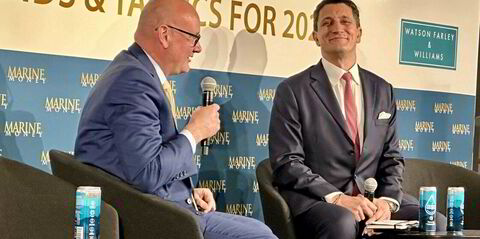Privately owned Grieg Maritime has reported a public-style annual report with a historically profitable set of results.
The company was caught by surprise by the strength of the dry bulk markets last year and took advantage of the cash windfall to fund a strategic reorientation that included a programme of post-pandemic dry-dockings and investments in new technologies.
“A strong 2022 has provided precisely the financial security we need to reinvest into our business, essentially making up the gap in losses we endured before 2021,” said group chief executive Matt Duke in a press release.
The company calls attention to the scale of its new style of reporting as beyond what is required under Norwegian law.
In 2022, Grieg Maritime had consolidated pre-tax profits of $155.7m, its highest ever, on $319.3m of total revenues. That performance is up from $38m on $214m in 2021.
The post-tax consolidated figure was $150.9m, up from $38m in 2021.
Most of the swell in that margin came from chartering income from its core business, a fleet of 31 open-hatch bulkers on charter to G2 Ocean.
Grieg and Bergen’s Gearbulk have respectively 35% and 65% shares in the G2 Ocean joint venture pool.
But a significant part of last year’s profit also came in the form of profit-taking after Grieg’s decision to exit conventional dry bulk.
TradeWinds reported in late 2021 on the sell-off of the GriegMaas joint venture fleet with Dutch-based fund Maas Capital.
Grieg had long considered the conventional bulkers non-core assets, primarily investments for asset play. Maas celebrated the deal as a well-timed one.
Some or all of the financial effects were reported on Grieg’s 2022 books.
“With dry-bulk rates peaking we saw 2022 as a perfect time to pull out of conventional bulk,” the company commented in its report, which dates the sale of its last (conventional non-open hatch) bulkers to last July.
What went unreported, however, was that Grieg also enjoyed healthy earnings on the sale of time charter rights to several Japanese-owned vessels, as part of the same exit from conventional dry bulk.

Grieg earned a profit of $16.2m on last year’s sale of time charter rights to three ultramaxes, the 63,400-dwt Star Nike, 64,100-dwt Star Maru (both built 2020) and Star Gaia (renamed Belforte, built 2019).
The reported profit includes commissions, but as the transactions were chartering transactions, the commissions amounted to only 1%.
The surge in dry bulk charter revenues plus the sellout from conventional dry bulk provided cash for a series of strategic changes that are still ongoing, according to chief strategy officer Kjerstin Hernes.
“We found that we had a solid foundation to invest in new sustainable business, build financial strength, and expand our understanding of new technologies,” said Hernes, as quoted in the report. “The strategy for 2023 is to speed up the commercial growth of the group.”
One part of that investment could involve retrofitting the company’s L-class bulkers for ammonia fuel. The 10 ships in that class are jib-crane-equipped open-hatch vessels of about 50,000 dwt built from 2012 to 2014.

The company had only about one day per ship of unplanned off-hire for its fleet last year, but had accumulated a considerable backlog of planned dry-docking because of delays in the maintenance programme during the pandemic.
Another place Grieg found to spend its unexpected 2022 earnings was in alternative fuels for decarbonisation.
It has projects in green ammonia production and distribution, and is developing a project for a zero-emissions ammonia carrier to distribute the fuel along the Norwegian coast, as well as a first retrofit of one of its open-hatch bulkers to trade on a transatlantic route.
Other significant events during the year included the closing of Grieg’s Shanghai office last November, as a long-term result of China’s closing its scrapyards to foreign tonnage. That had been a mainstay of the Grieg Green ship recycling business.
In the autumn, Grieg also ended its use of third-party ship managers to benchmark its own performance as a technical manager.
Its 46,400-dwt Star Hansa (built 1995) and 46,600-dwt Star Harmonia (built 1998) had been in the managed fleet of Thome Shipping.





